You always thought that Kremlin is the name of that red brick castle in Moscow - well, it is, but it’s also a general Russian term for a citadel in medieval Rus. In fact, there were over 400 kremlins in medieval Russia, but only around 20 of them have been preserved. Here are ten most exciting Russian fortresses.
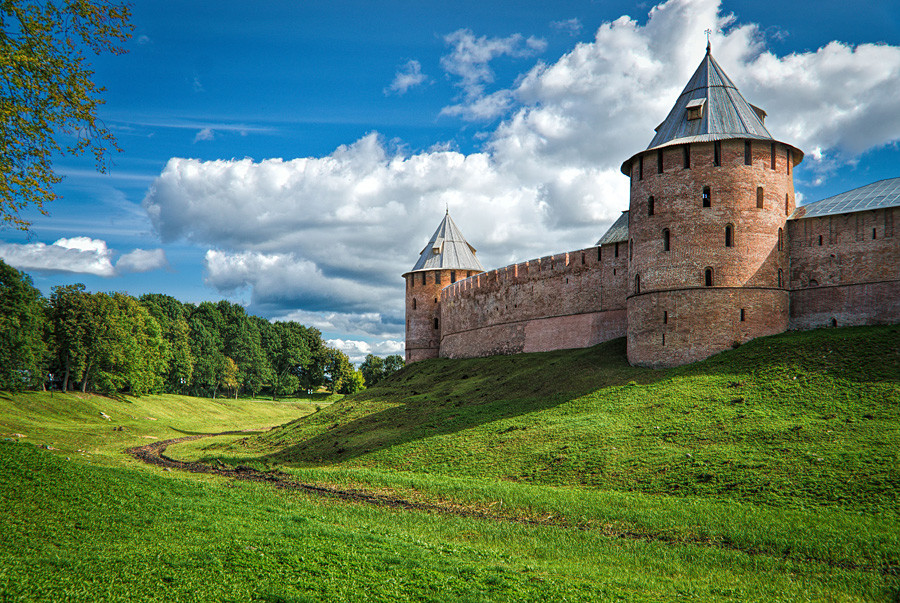
Veliky Novgorod
Legion MediaUnder the reign of Tsar Ivan IV “the Terrible”, Veliky Novgorod (330 miles north of Moscow) became embroiled in political discord. After receiving a tip-off that Novgorod was plotting to cut ties with Muscovy, Ivan IV sieged the mutinous city and subjected it to brutal repression. Legend has it that the carnage stopped only when a pigeon, having flown across many seas, perched on the cross at the top of the St. Sophia Cathedral and, having witnessed the violence below, turned to stone.
The legend allegedly has its roots in the Byzantine custom of crowning church crosses with iron pigeons, as the Byzantine Empire had a deep and lasting impact on young Muscovy Rus. Incidentally, Ivan IV's grandmother was Sophia Paleolog, who came from the last dynasty of Byzantine emperors.
Before the 14th century, it was called Detinets, or “fortress”, and accommodated the prince’s men-at-arms who were called “youngsters” or “children.” Along with the Moscow Kremlin, it is listed as a UNESCO world heritage site.
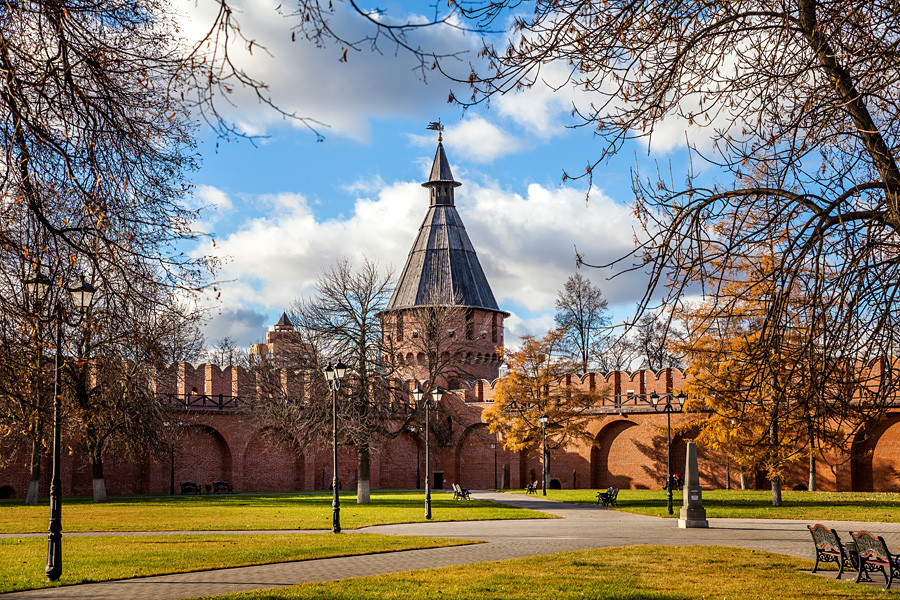
Tula
Legion MediaThe Tula kremlin was erected by Italian architects who came to Tula, having completed the Moscow Kremlin. Historians say that the citadel was built by several different crews, explaining the apparent discrepancies between its walls.

Zaraysk
Legion MediaThe Zaraysk
Although the

Kolomna
Legion MediaIn its prime in the 18th and early 19th century, the Kolomna
The Kolomna
There is one more legend, however, linking the tower’s name to a local nun who was accused of being a lesbian, and who was subsequently put into the tower wall to protect other nuns from this ‘morbid’ temptation.
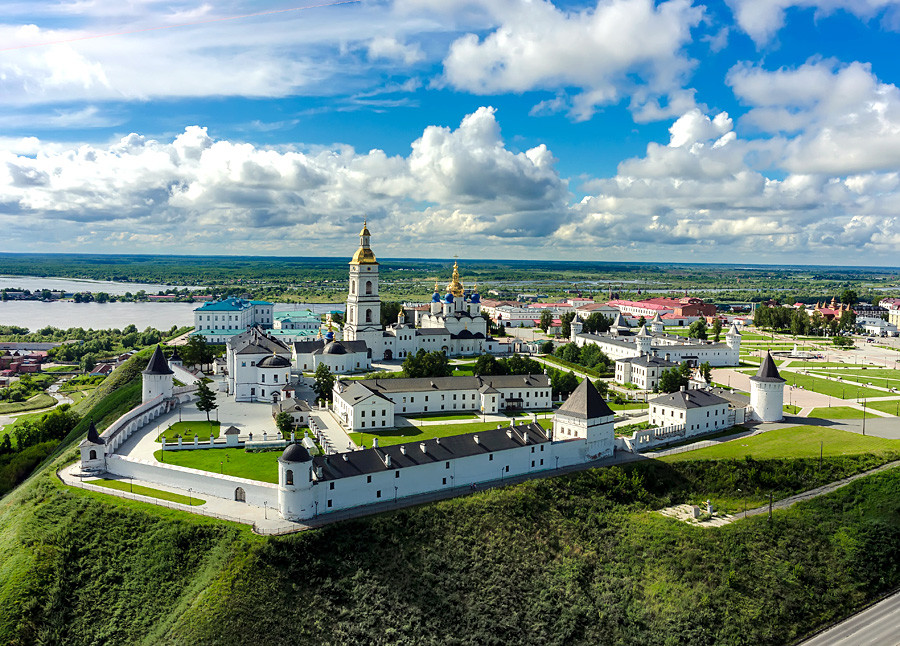
Tobolsk
Legion MediaTobolsk (1,500 miles east of Moscow) is home to Siberia’s only stone fortress. The
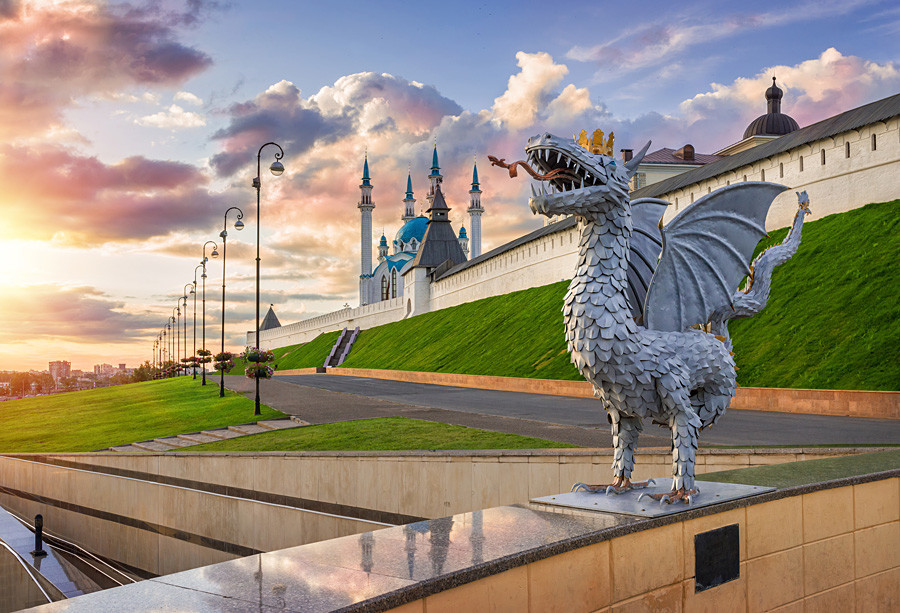
Kazan
Legion MediaOne of its key landmarks is the leaning Syuyumbike watchtower. As the legend goes, the dazzling beauty of Tatar queen Syuyumbike won the heart of the most brutal ruler of Muscovy, Ivan the Terrible. The Russian tsar offered his hand to Syuyumbike, but the proud queen refused. Ivan IV was enraged and stormed Kazan with his army. Syuyumbike had nothing left to do but to accept, or else feign acquiescence. For her wedding gift, she asked her relentless fiancé to build a tower in seven days, then proceeded to throw herself from the top of the tower during the wedding feast.
The site is also a UNESCO world heritage site.

Pskov
Legion MediaPskov (450 miles west of Moscow) was the homeland of Princess Olga, known as the first of Russia’s ruling class to embrace Christianity, even before the large-scale baptism of Rus. Olga herself initiated the construction of the Pskov
In the center of the fortress stands a church, which, according to legend, was commissioned by Olga after she saw three rays of light coming from the heavens and converging on a rocky headland where two rivers met. After this divine vision, the princess gave orders to build the Trinity Church and the citadel.
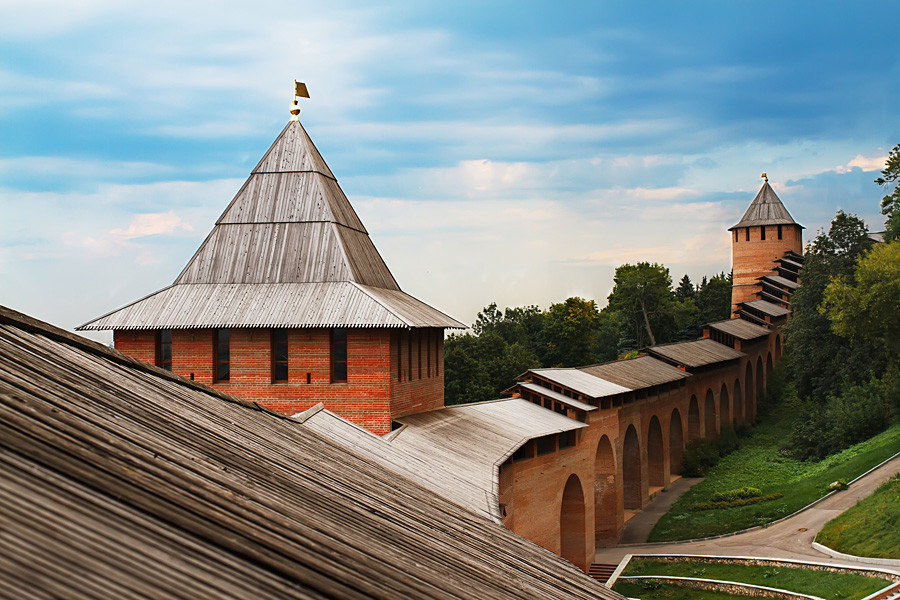
Nizhny Novgorod
Legion MediaIn the early 17th century, Nizhny Novgorod turned into the bastion of resistance to Polish invasion. A volunteer army led by Kuzma Minin and Prince Pozharsky marched from its gates, driving out Polish troops during the Time of Troubles and helping to keep Muscovy on the map.
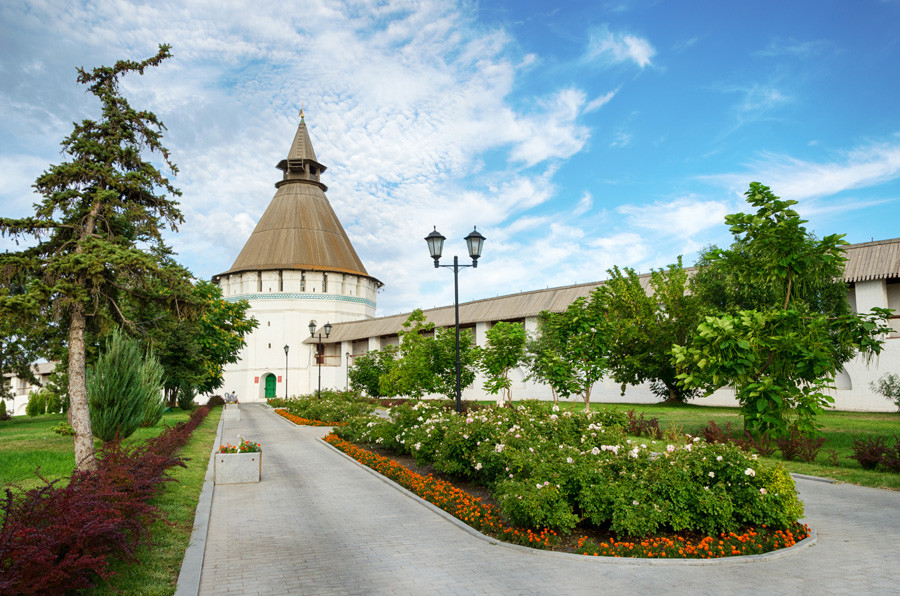
Astrakhan
Legion Media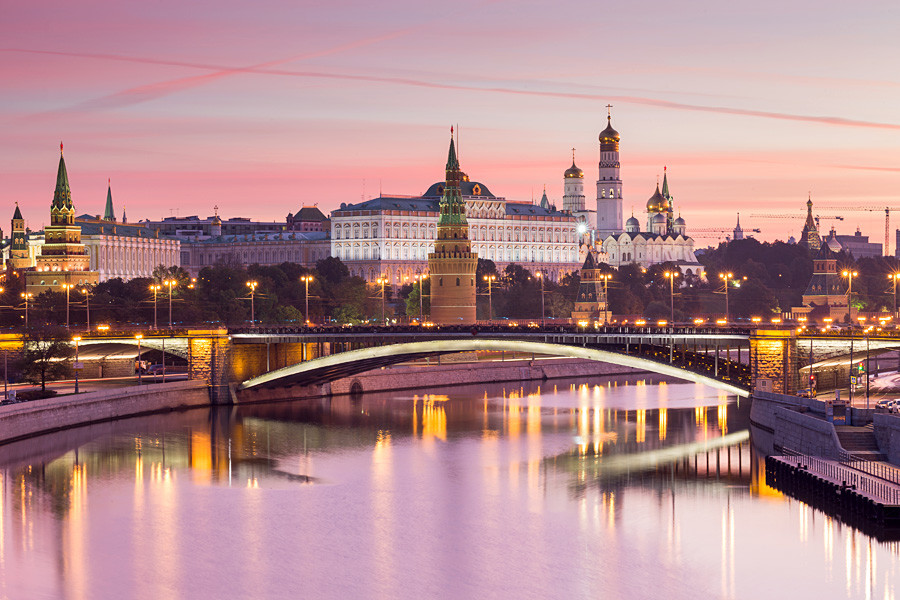
Moscow
Legion MediaToday, the Kremlin is the residence of the Russian president. The Tsar Bell, the Tsar Cannon, the Taynitskaya (Secret) Tower and the Armoury Chamber inside its walls are all popular sights for tourists. The Moscow Kremlin ensemble is also a listed UNESCO world heritage site.
If using any of Russia Beyond's content, partly or in full, always provide an active hyperlink to the original material.
Subscribe
to our newsletter!
Get the week's best stories straight to your inbox